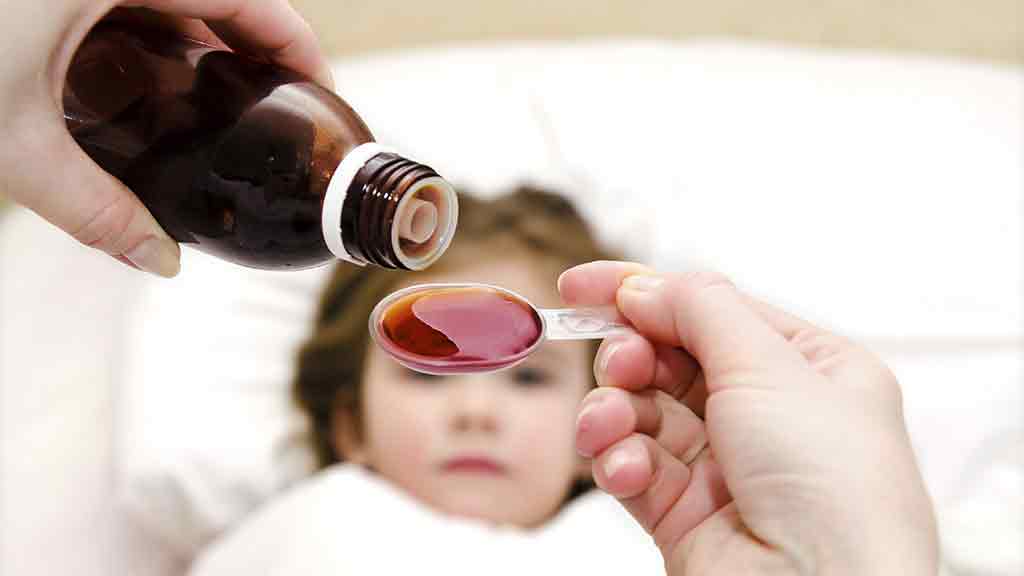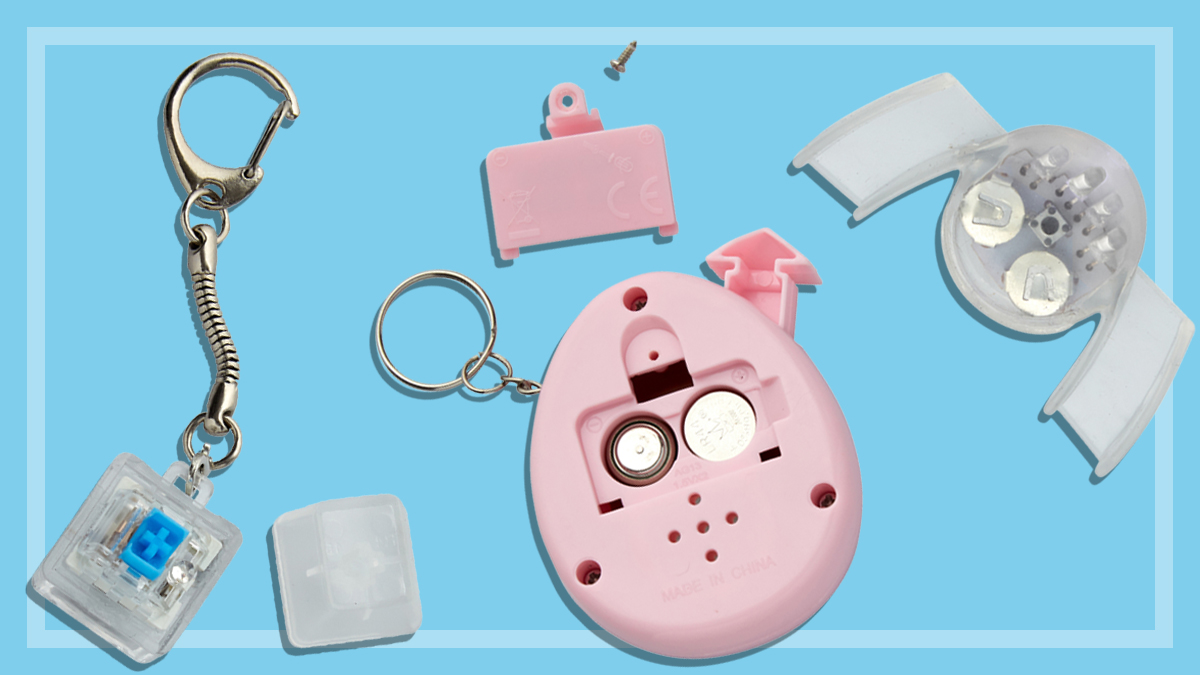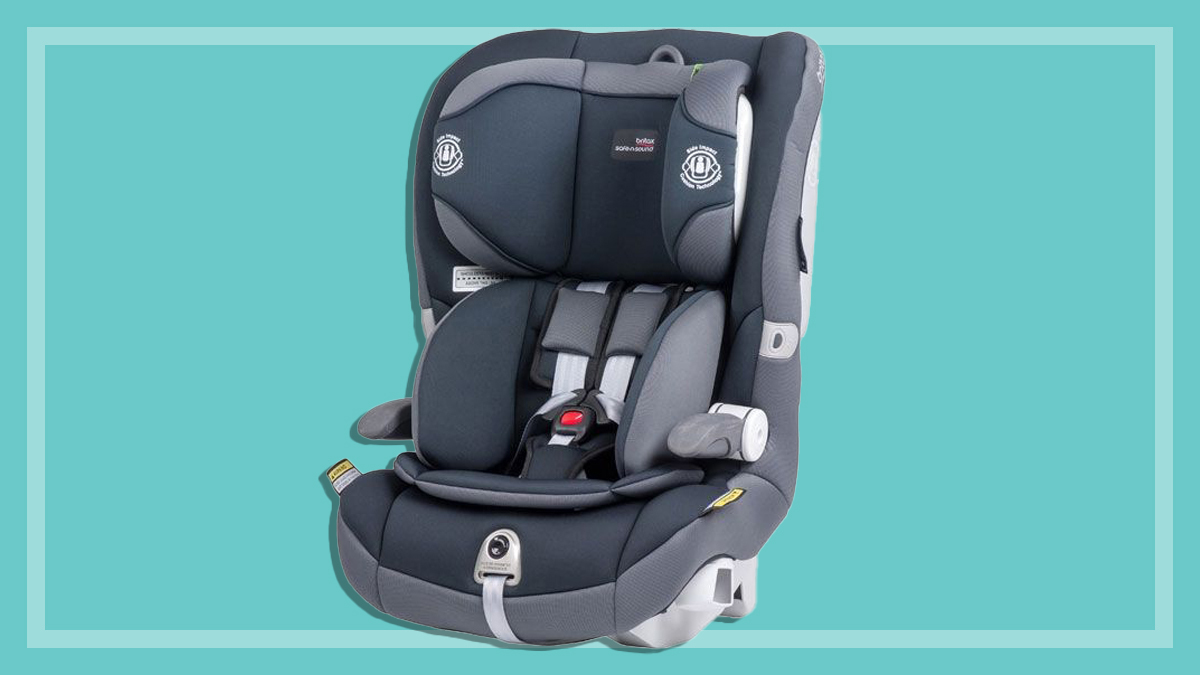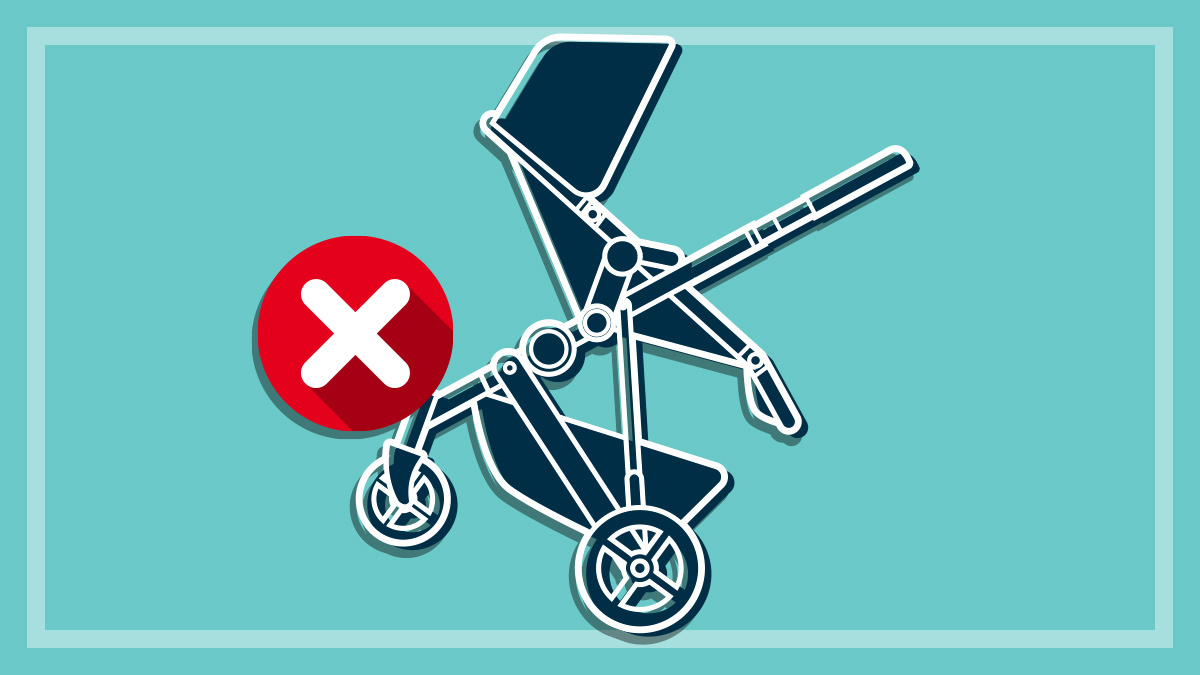Get our independent lab tests, expert reviews and honest advice.
How to buy children’s painkillers

As parents, we can feel quite helpless knowing that our child is in pain but not knowing what to do about it. This buying guide can help you pick the best option to effectively relieve your child’s pain, and use – or not use – painkillers appropriately for the sake of your child’s ongoing health and safety.
On this page:
- Over-the-counter analgesics – how safe are they?
- Which one should you choose?
- Different forms of painkillers
- Safety tips
- Dose according to weight – with caveats
- Fever and analgesia
- Should you use analgesia after immunisation?
- How much do children's painkillers cost?
Over-the-counter analgesics – how safe are they?
The choice in over-the-counter (OTC) painkillers for children is restricted to ibuprofen and paracetamol, although once you include the huge array of different strengths and product forms there are more than enough products to choose from.
Both appear to be equally effective and are very safe, though in Australia paracetamol is the slightly more favoured of the two. Paracetamol can be given from the age of one month, whereas ibuprofen can only be taken from three months on.
Which one should you choose?
Paracetamol is still the drug of choice for reducing pain and fever – mainly because of its proven track record over decades – but there’s still a very real risk of poisoning through overdose. Overdose causes jaundice and liver failure, and can result in death if the maximum daily dose is exceeded or when repeated doses are given to children with pre-existing liver disease (such as viral hepatitis). Malnutrition and lack of food can increase the likelihood of liver toxicity.
Ibuprofen for children has become more popular over the last decade. Side effects of ibuprofen include gastrointestinal upset, NSAID-induced asthma and kidney problems, especially if a child is dehydrated (from vomiting, diarrhoea and/or not drinking enough).
Note: Aspirin should never be given to children under 16, because it’s associated with a rare but serious disease called Reyes Syndrome which can cause delirium and coma.
The good news is that the risk of overdose or adverse side effects from over-the-counter painkillers is generally very low if they’re used correctly – following our safety tips will help you avoid those risks.
Remember that painkillers won’t treat the cause of the pain – only the pain itself. If your baby or child is unwell, or suffering moderate to severe pain, it’s important to see a doctor to find out the cause.
Different forms of painkillers
Painkillers for babies and children come in a variety of ‘child-friendly’ forms:
Drops
Usually recommended for babies and very young children, because you can measure the dose much more precisely. It’s also one of the easiest ways to give medicine to very young children.
Suspensions
Thicker because the active ingredient is ‘held’ in the liquid by a suspending agent. Shake them well before use.
Elixirs and syrups
Thinner liquid products with the active ingredient dissolved and an agent added to mask its bitter taste.
Chewable tablets
Suitable for children two and older (check the package) and can be crushed and mixed with honey or jam to make them more palatable.
Effervescent tablets
Available for children seven and onwards.
Suppositories
May be useful if your child can’t tolerate oral pain killers.
Safety tips
When giving painkillers to babies and children, follow these tips to be safe:
- Use the right product, strength and dose for the child’s age and weight. Recommended doses, according to the child’s age and weight, are given on the product packaging. Different rules apply to very overweight children – see below.
- Different products, and different forms of a product, may vary in strength, so always read the package carefully for the dosing instructions specific to the product you’re giving.
- Don’t give the painkiller for more than 48 hours, unless specifically advised to by a doctor.
- Use the measure provided – or if there isn’t one, a metric medicine measure – to pour the dose.
- Make sure the bottle cap is on securely after use, and keep it in a safe place out of the reach of children.
- Check the labels of all medicines before administering them, as paracetamol or ibuprofen can appear as an ingredient in a variety of medications (like cough syrup) and you don’t want to double up.
- If you don’t know how to measure or use a product, or if you don’t understand the label, ask your pharmacist for help.
Dose according to weight – with caveats
When determining the dose, it’s recommended you use the weight guidelines provided on packaging rather than age, because some children are bigger or smaller than average for their age. However, there’ve been reports of liver toxicity effects in very overweight children on a long course of paracetamol. This is because the lean body weight is the key determinant for the dose. If a child is more than 20% overweight according to standard weight and height charts, they should be dosed according to lean weight. This can be estimated using charts as follows:
- Using the height chart, determine the child’s height percentile band for his/her age. For example, a 5-year-old boy is 115cm, which puts him in the 90th percentile band for height.
- Using the weight chart, determine the predicted weight of a child of that age in that percentile band. For example, the 90th percentile for the weight of a 5-year-old boy is 22kg – far less than our boy’s actual weight of 29kg.
In the case of overweight children, dose your child according to the predicted weight (22kg in this example), rather than their actual weight (29kg).
Fever and analgesia
If your child has a fever, it may be tempting to reduce it by giving paracetamol or ibuprofen. But most doctors these days don’t recommend this – fever is one of the ways that a body’s immune system fights infection. However, if your child is feeling uncomfortable analgesics will make them feel better. And there’s no evidence that lowering fever means children stay sicker longer.
Note: Using analgesics to reduce fever doesn’t prevent febrile convulsions.
Should you use analgesia after immunisation?
Kids almost never need analgesia before or after immunisation: it won’t reduce the sting of the needle, and modern vaccinations are less likely to cause fever than those of some years ago. If you have any concerns, see your GP for more information.
What to look for
- Buy the right product for the child’s age and weight. Age guides are usually given on the package, such as Children 5-12 years.
- Choose a form your child prefers: drops are best for babies; suspensions, syrups and elixirs for toddlers and older children, with soluble or chewable tablets providing further options.
- If your child is vomiting or can’t stand the taste of the medicine, consider suppositories (and buy some disposable gloves!)
- If your child has any known allergies or intolerances, check the ingredients.
- Painkillers taste pretty bad at the best of times, and worse when your child’s sick. If you find a flavour they can tolerate, stick with it.
- Buy one with a measure included, unless you have appropriate measures at home.
How much do children’s painkillers cost?
Products range from a few dollars to about $15, depending on the size and brand.
Many pharmacies have their own brand of painkiller, so you may save some money buying these. Just check the ingredients for any that may cause problems for your child, if they have allergies or strong dislike of certain flavours.
If you’re comparing prices, make sure you’re comparing like with like. For example, in two bottles the same size, one bottle may seem cheaper because it costs less, but the recommended dose may be larger so it costs more per dose.
More information
For more information about administering painkillers to your child, read the information sheet about Using Paracetamol or Ibuprofen from the Children, Youth and Women’s Health Service. This has a lot of useful information about these medicines and their appropriate use. Also see our article about headache, migraine and painkillers and the dangers of medication overuse.





